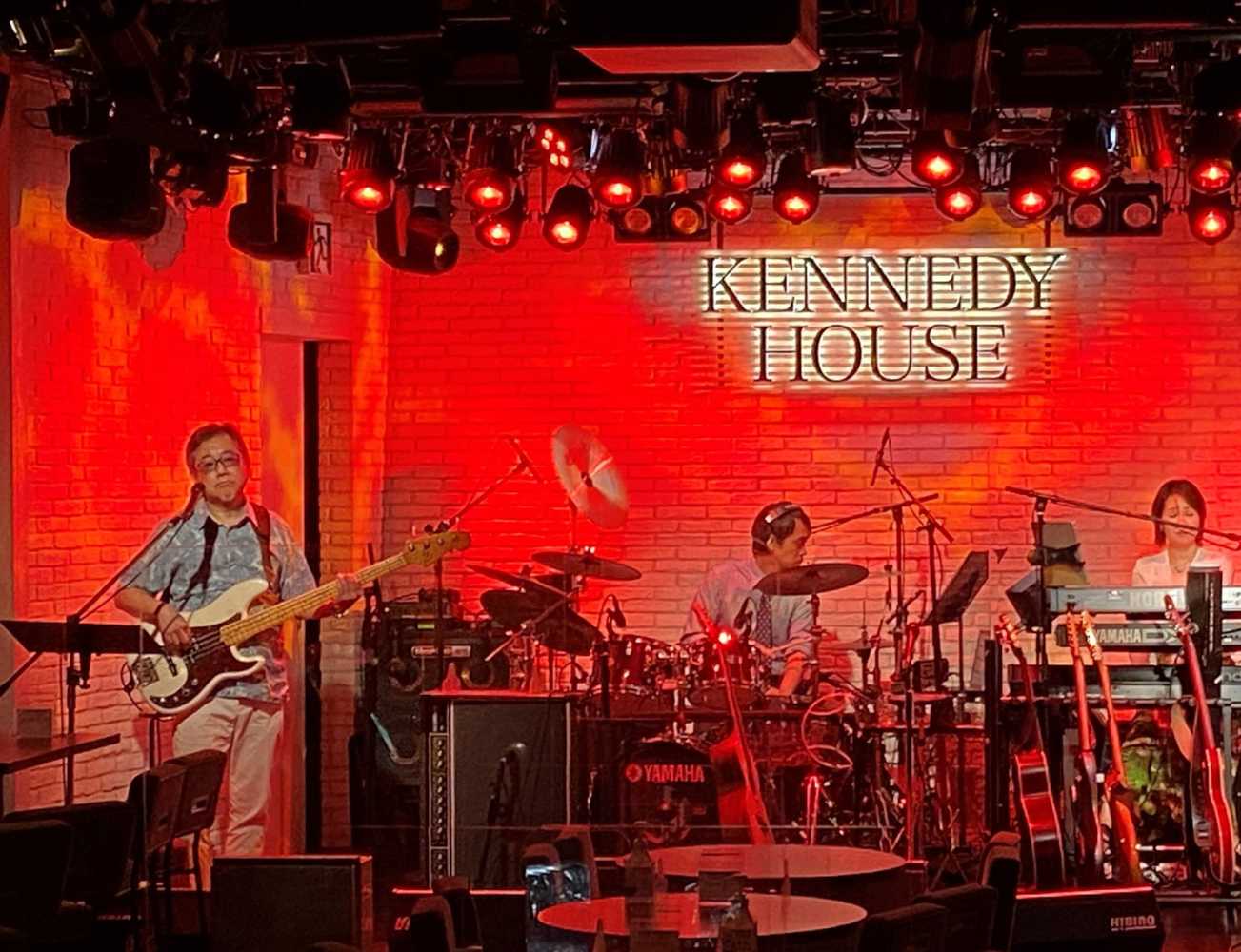Chauvet creates retro looks at Kennedy House
- Details

The Hibino Lighting team kept this goal firmly in mind when redesigning the lighting rig at the club, which opened its Ginza branch in 1985. “Songs from the classic era make up most of the music at this venue,” said Hiroshi Adachi of Hibino Lighting. “Most of the clientele grew up in that era. They come here to enjoy a meal, listen to music, and have fun. So, we wanted to create lighting that contributed to this atmosphere without interfering with the artists on stage.”
Evoking the right atmosphere was only part of the Hibino team’s mission. They also had to ensure that their design would be camera friendly, since Kennedy House videos these performances for streaming. They achieved both goals with a balanced, flexible rig that features 42 Chauvet Professional fixtures from Hibino’s own lighting inventory.
Drawing on his experience as a lighting designer for Japanese TV music programmes, Adachi designed a rig that enlivens the stage without creating distractive images on camera. For example, understanding how the round light of a follow spotlight behind the stage could sometimes spoil the scenery, he arranged fixtures so that front light would brighten up the performers wherever they walked on the stage.
Additionally, he placed moving lights so they create richly textured gobo images on the background. By doing so he ensured that a bright, engaging background would fill the video screen even when a large group of performers are on stage. He also tried to create an engaging space by combining gobos and prisms in 3D-like movements in the background. However, Adachi says that “it would be boring if the entire space were bright,” so he intentionally arranged his fixtures so dark areas and 3D effects could be created.
Adachi also took the relatively small size of the Kennedy House stage into account when designing its lighting system. Since the lighting fixtures are by necessity placed close to the artists, he was careful to ensure that light would not shine directly into faces.
Playing a key role in help him achieve this are the rig’s 24 COLORado 1 Solo fixtures, 16 of which are used for stage lighting, while the remainder are focused on individual performers. Contributing to the stage lighting are three Ovation P-56FC Fresnel units used for front lighting, and an Ovation E-930VW, which serves as a follow spot.
The dept and textures, as well as the engaging gobo patterns that are added to the stage are the result of six Rogue R1X Spot fixtures, which cover the walls on both sides of the stage, two STRIKE Array 2 fixtures, which serves as blinders behind the stage, and two COLORado Solo Batten 4 units that provide flat ceiling light over the stage.
















